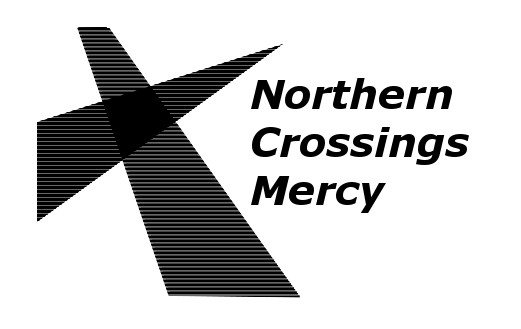I wish every American would take every 4th of July and really read some history of the American Revolution and read it from different historians. After hearing and maybe singing “The Star Spangled Banner” take some time to read about the war that inspired the song, the War of 1812. If you really want to have fun read it from the point of view of Canadian, British, and French historians. If you really want some excitement read about two great Indian leaders, “the Prophet” and his brother Tecumseh who are essential to an understanding of the war of 1812 and the expansion to the West. The point is to get a handle on what a close run thing the Revolution was and how even those involved in it were not sure what it meant and what the people who fought it really wanted to achieve even 50 years after.
The question of what the Revolution had created was not settled even after the Constitution was adopted. Benjamin Franklin said after the Constitutional Convention in Philadelphia that we had “a Republic if you can keep it”. Thomas Jefferson who wrote the Declaration that we celebrate on the 4th of July wanted a democracy. The difference between the Federalists and the Anti-Federalists were thought to have been fixed by the Bill of Rights which amended the Constitution and specifically laid out what the Government could not do. Hence we had the division within the Government that we still have today in the two political parties. What is confusing is that they shifted positions. Republicans who were always for “big government” are now supposedly, the party of limited government, while the Democrats who used to be for a small limited government and States rights are the opposite today.
Those who weren’t too sure about Government “by the people” actually talked about secession long before the Civil War. They even had their own convention in Hartford Connecticut where George Cabot, the great, great, great grandfather of Henry Cabot Lodge, who would lose a Senate seat to John Kennedy squashed the talk of secession. Technically we had Republicans who wanted to secede from the Union and a few years later we would have a Republican President preside over a war to keep the Southern States from doing the exact same thing. Cabot put an end to secessionist talk for the time being when he wrote: “I greatly fear that a separation would be no remedy because the source of them is in the political theories of our country and in ourselves…. I hold democracy in its natural operation to be the government of the worst.” 1.
The war that inspired the “Star Spangled Banner” brought these divisions to startling clarity. The Federalists called it “Mr. Madisons War” and pretty much refused to support any action against Great Britain who were raising up Indian Armies in South West to attack settlers, and supposedly kidnapping and impressing American citizens on the high seas.
A firebrand from Tennesee who fought as a teenager and was badly injured by the British in the Revolution would become a national hero for winning a great battle in Mr. Madison’s war, wrote this for a newspaper.
“I am well aware that no act of insult, degradation or contumely offered to our government will arouse them from their present lethargy and temporizing conduct until my name sake”— the British minister in Washington happened to be named Jackson— “sets fire to some of our seaport towns. . . . Then perhaps the spirit of ’76 may again arise.” 2.
Times change but the political rhetoric is timeless
1. Read more: http://www.smithsonianmag.com/history/the-10-things-you-didnt-know-about-the-war-of-1812-102320130/#249IEXjVIqT7kCmP.99
2. “Andrew Jackson – His Life and Times”, H.W. Brands, Doubleday, 2003

